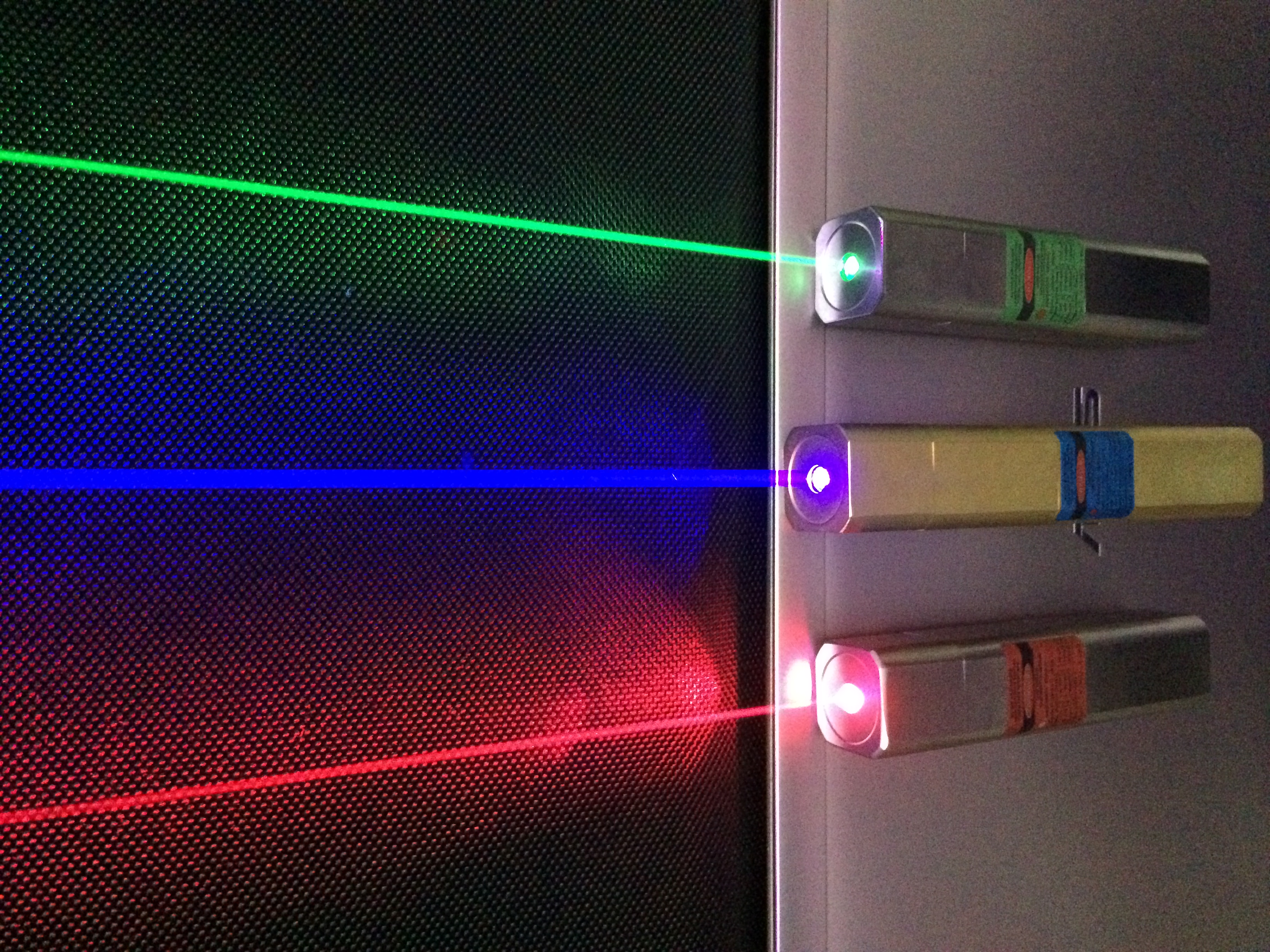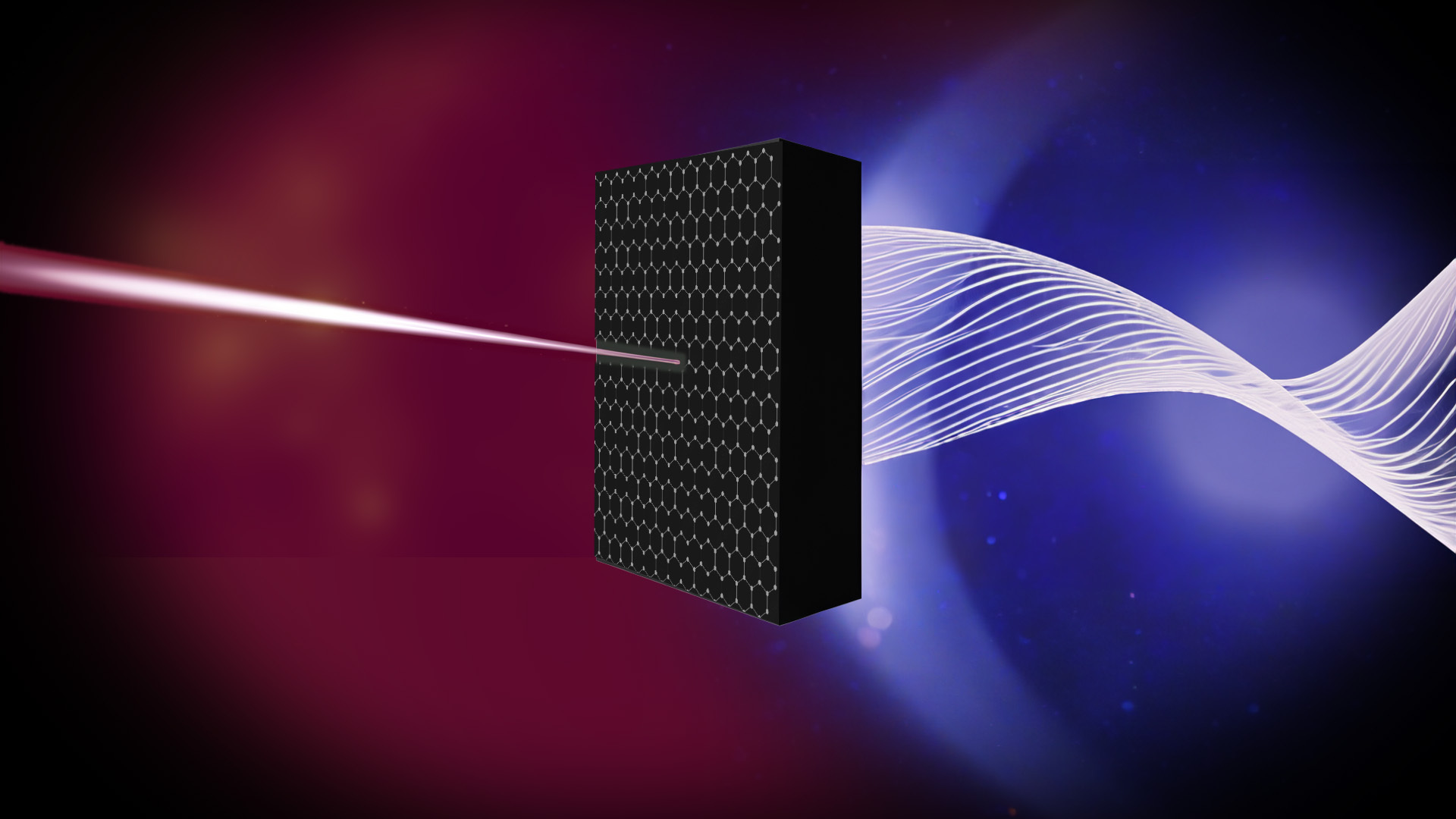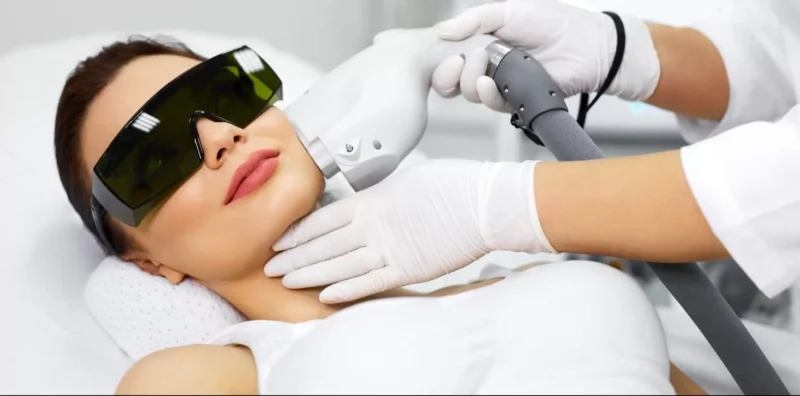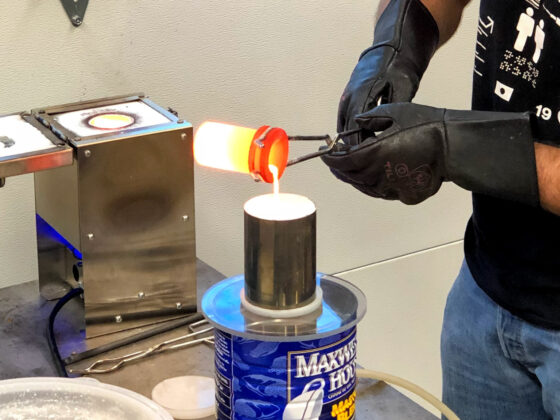For centuries, medicine has been at the forefront of medical science and innovation. From early treatments such as leeches to modern-day surgical breakthroughs, medical professionals have pushed the boundaries of knowledge to improve human health.
In recent years, advances in laser technology have allowed for groundbreaking treatments that were previously inconceivable. Lasers in Medicine: Breakthroughs in Surgery and Treatment is a comprehensive look at the latest technological developments and their applications in surgery and treatment options available today.
From minimally invasive surgeries to pain management therapies, this article explores how lasers are revolutionizing healthcare across specialties. With an eye toward safety-first protocols and patient-centric care models, readers will gain insight into how lasers are making a difference for patients all over the world.
Laser Surgery Benefits
Laser surgery has many benefits that make it an ideal choice for a variety of medical treatments and procedures. Laser technology is precise, accurate, and efficient in its ability to target specific areas while leaving surrounding tissue untouched.
It can be used to remove tumors or treat conditions such as psoriasis with minimal risk of infection or scarring. In addition, laser treatment can be applied on an outpatient basis in some cases, saving time and money by reducing hospitalization costs.
Laser surgery also offers greater control over the depth of penetration than traditional surgical instruments like scalpels; this makes it possible to perform more complex surgeries with less trauma to the patient’s body.
Applications of Lasers in Treatment and Diagnosis

Lasers have revolutionized modern medicine, ushering in a new era of precision and accuracy for treatments and diagnosis. Lasers are now used in almost every branch of medicine, from surgery to dermatology.
In the field of surgery, lasers can be used for precise cutting with minimal damage to surrounding tissues. They can also be employed to seal off blood vessels or nerve endings during surgical procedures, reducing blood loss and postoperative pain.
Diagnostically, lasers provide high-resolution imaging that is unaffected by other types of interference such as fog or steam which can obscure traditional X-ray images. As well as being useful in medical treatment and diagnostics, lasers are also increasingly used in cosmetic treatments such as hair removal and skin resurfacing.
The use of lasers has increased the safety and effectiveness of many medical treatments while allowing doctors greater precision when dealing with delicate tissue structures. This makes them an essential tool for modern healthcare professionals looking to improve outcomes for patients around the world.
Risks and Limitations of Using Lasers in Medicine
Lasers have revolutionized many aspects of medical treatments and surgeries, offering a less invasive alternative to traditional methods. However, their use in medicine is not without risks and limitations.
One of the primary concerns regarding lasers in medical procedures is the potential for tissue damage due to intense heat or radiation exposure. Furthermore, laser surgery can be expensive compared to other forms of treatment.
In addition, some patients may experience discomfort during laser therapy or post-procedural redness or swelling that could require additional care afterward. Moreover, certain types of lasers cannot penetrate deeper layers of skin which limits their ability to treat conditions such as acne scars or wrinkles effectively.
For all these reasons surgeons and physicians need to assess the potential benefits versus risks when considering using lasers in medicine.
Revolutionizing Modern Medicine: The Impact of Laser Technology

The use of lasers in medical applications has been a breakthrough, with increased precision, accuracy, and efficiency over traditional techniques. Laser technology has revolutionized surgery by allowing for more precise cuts that reduce bleeding and trauma to surrounding tissues. Additionally, lasers have enabled safer treatments such as laser-assisted liposuction, which eliminates the need for invasive incisions or anesthesia.
Finally, laser-based therapies are now being used to treat conditions such as acne scars, sun damage, and wrinkles with stunning results. In conclusion, lasers have transformed modern medicine with their ability to provide greater precision while reducing risks associated with traditional methods – making them an invaluable tool for healthcare professionals today.
Conclusion
Lasers in Medicine have revolutionized the field of surgery and treatment. Thanks to this technology, doctors are now able to perform operations with greater precision and accuracy than ever before, while also reducing recovery times for patients.
In addition, lasers can be used to treat a wide variety of conditions such as cancer, cardiovascular disease, and eye problems. The potential applications of laser technology in medicine are virtually limitless, making it an important breakthrough that will continue to benefit both practitioners and patients for years to come.


